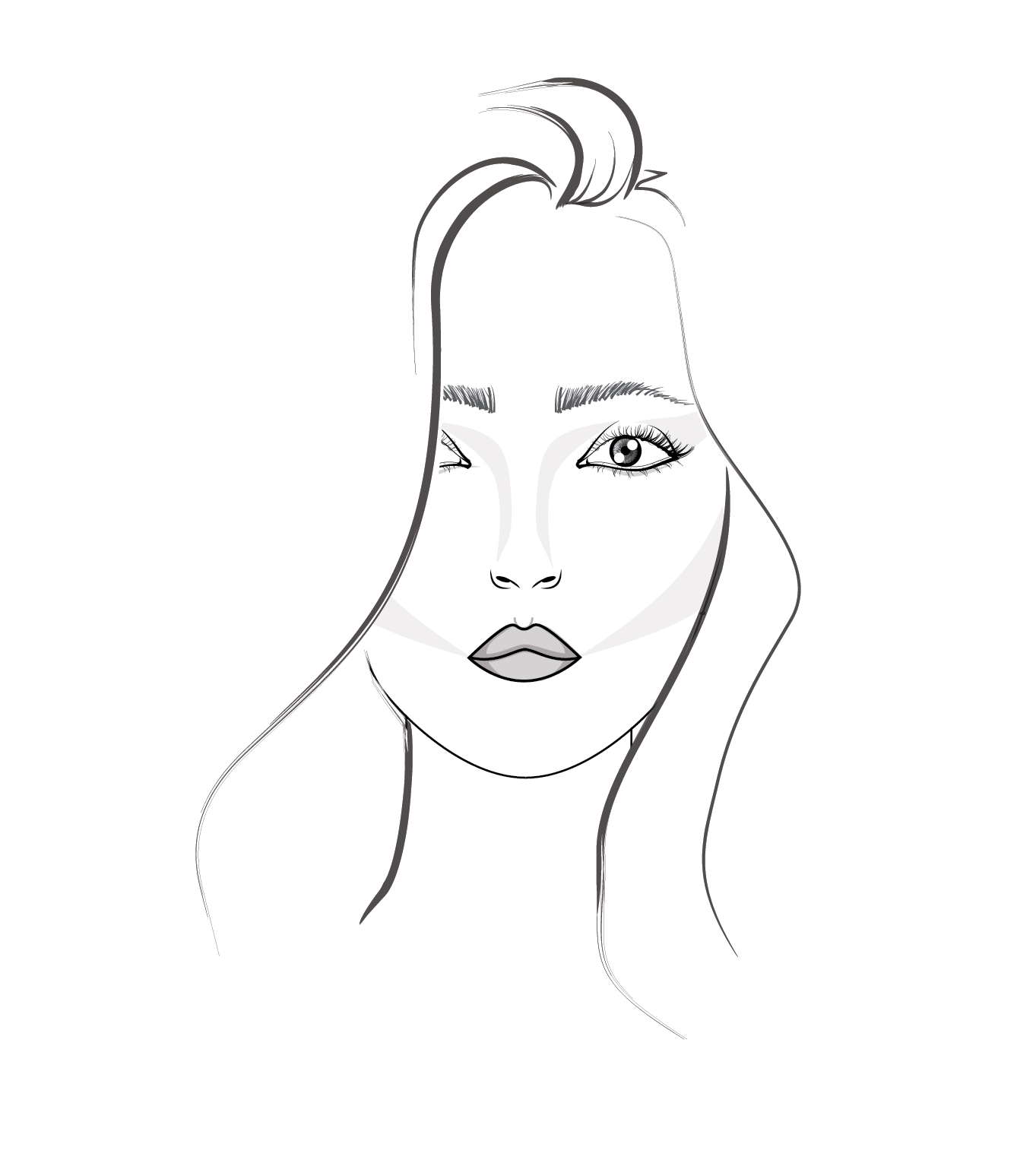Table Of Content

Finally, I added some strands which move in completely different directions than the original one, to balance the drawing composition and make it more attractive. Let’s keep in mind that there is always space between strands and over layers of hair, which builds up to create volume. I might change my mind later on, but this stage allows me to see my hair ideas more clearly. First, for drawing both female hair and male hair, we must define the hairline and areas of our character’s hair.
Top Articles in Category
Be sure to keep the strokes in the light and mid tone ares visible by leaving some distance between them. Begin by drawing the outline of the outside of the hair. Notice the dark areas and the light areas in the hair. Instead, concentrate only on shapes and the value within them. In fact, we'll use the same approach to draw hair of any style. The only exception with straight hair is that we're likely to see less dramatic changes in value.
Step 7 – Intensify the Shading
You can use mine, or create your own in some other style. If you want to create a shiny look or replicate harsh lighting, try to keep the highlights fairly clean. Click here to learn how to draw one from the front and here to draw one from side. Due to it’s various curves and folds curly hair will tend to have a much more random distribution of these.
Step 1
He currently works as a freelance artist and writer in various fields. He also has a permanent position at a renowned online gallery (ArtGazette) where he produces various works on commission. As a freelance artist, he creates several series and successfully sells them to galleries and collectors. He loves to use his work and skills in various fields of interest. The duality of this gives the quality of how real hair sits naturally. You should apply pressure near the areas of the hair where they overlap.
How to Draw an Eagle Head Step by Step
Depending on what kind of hair you want to draw, you want to observe that particular kind of hair in real life. What you will notice is that the real hair is a series of lines that are clumped together and when overlapping creates shadowing. The aim is to draw a series of lines in segments that can be divided by the moments of overlap in the hair.
How to Draw Different Eye Types Step by Step
We must consider the values and tones that are observed within the hair and include them in our drawing in order to communicate the volume of the hair. This means that we're likely to find the darkest darks, the lightest lights, and the middle values all within a head of hair. As we draw the contour lines, defining the overall shape of the hair, we'll also draw smaller shapes for clumps of hair.
Then there are moments when the hair is densely compact which prevents us from looking through the hair. Drawing hairstyles is a great exercise for developing a general profile drawing skill. As we go through the various steps leading to the part of shading we will also learn how to develop the general skills of hair shading with a pen. With hair drawing, we want to develop the skill of how to shade hair. There are various hairstyle drawings one can do when learning how to draw hair, in this tutorial we will be doing a female curly hairstyle drawing. The below image includes hairstyles consisting of irregular layers and overlapping locks.
How to draw realistic hair: The ultimate tutorial
Gradually add in the smaller folds and clumps of the hair to better define it’s shape. You can erase parts of the outline from the previous step where needed. Begin the drawing by first outlining the entire shape of the head (including the ears). Doing so will help you better estimate the volume of the hair.
Butler HS hair policy drawing national attention - WHAS11.com
Butler HS hair policy drawing national attention.
Posted: Thu, 28 Jul 2016 07:00:00 GMT [source]

Try and make the shading strokes in a way where they flow along the different hair clumps and folds. Also try and keep your strokes somewhat visible (don’t blend them too much) to create an effect of individual hairs as you shade. All of the examples in this tutorial will use fairly generic lighting with no particularly strong one directional light source.
As we develop the value range and create the illusion of form, we'll also consider the texture. If we keep these things in mind, then we can assume that (in most cases) the parts of the hair and the areas around the face will be darker in value since these areas recede. We also know that highlights are most likely to be found on the top of the head, closest to a light source above.
With the overwhelming amount of detail and commitment required, many people lose their patience and resort to a series of sloppy scribbles. Add more layers of strokes over top of the first one to smooth out the gradients and darken the overall shading. Again be sure to leave some distance between the strokes to give an effect of individual hairs. Once again as in the two previous examples apply an initial layer of strokes the define the light, medium and dark areas of the hair.

No comments:
Post a Comment